Actually Using AI in Vet Med
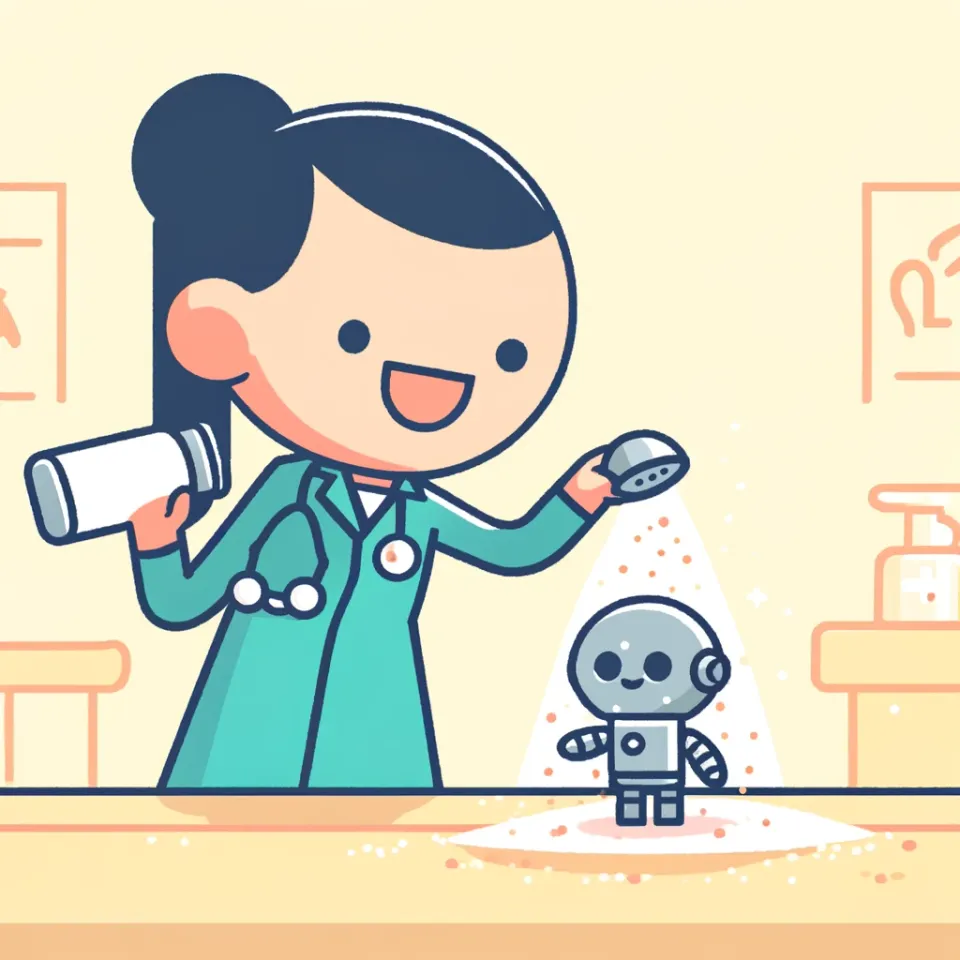
Nobody invited me to any of the recent summits, roundtables, or other prestigious get togethers aimed at figuring how to use artificial intelligence in veterinary practice. That being said, I've experienced firsthand what happens when organized medicine tries to committee it's way through a disruptive new technology, and I wasn't impressed. So I decided to write a post highlighting ways that AI is useful right now for clinical veterinarians.
And it is already quite useful. I've been using ChatGPT in a variety of ways that both save me time and raise the quality of my medicine. ChatGPT is really the workhorse AI that's most available right now. The free version is perfectly functional, but I've upgraded for the reasonably priced Pro version because it's a bit smarter (and I like the image-generator function). Either way, it's effective, but it takes a few hours of fiddling before you get a sense of how things work.
Also, remember that it's artificial intelligence. It's not very smart, and in some cases, it's genuinely stupid. You must constantly sprinkle (douse) salt onto its output. It really works best as a time saver for veterinarians that are already clinically experienced in the "big picture". That being said, I've found several obvious uses on the clinic floor.
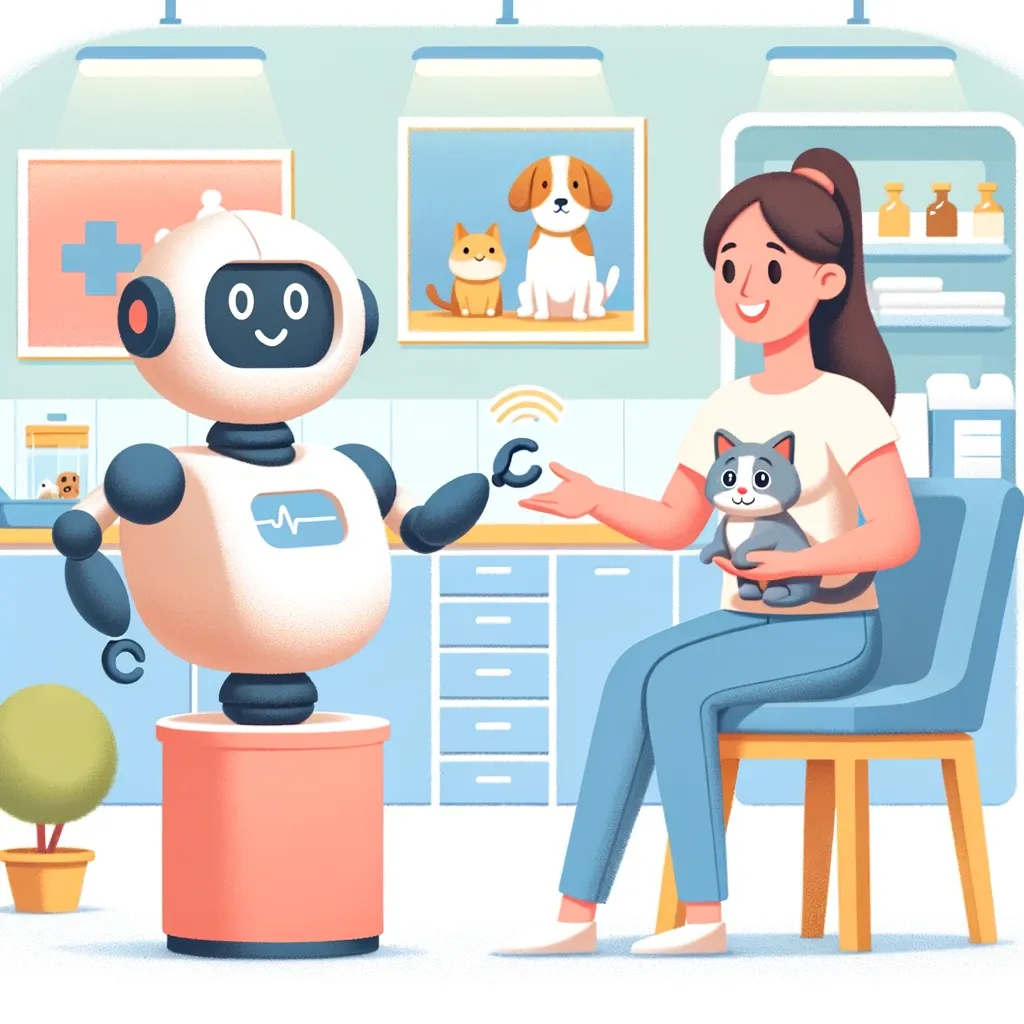
Customized Discharges
Personally, I like to personalize discharge notes. I think it helps pet owners understand what the hell just happened to them, by giving them a document to refer back to once they get home. But I hate writing records, and in the past, I've been stuck between coming up with a quick, typo-filled list of bullet points or a stock template that reads like a user's manual for a toaster. Artificial intelligence though, can come up with very rapid, customized instructions and summaries. You can write in a prompt like this:
"Write a 50 word discharge instruction for the owner of a male cat with presumed idiopathic cystitis named Jerry."
And (with a little coaching) you'll get an output like this:
Discharge Instructions for Jerry
Jerry has a bladder condition. Make sure he always has fresh water and a clean litter box. Feed him the special food we prescribed. Keep his environment calm and stress-free. Watch for signs of discomfort, blood in his urine, or trouble peeing. Contact us if his symptoms get worse or don't improve. Follow up in 2 weeks.
That's not half bad, and saves me time in simplifying instructions for an owner who may not have understood what I was saying during the exam, and was too afraid to ask because they thought I was too busy, which I was! You can also copy and paste medical notes into the program and ask for a simplified clinical summary, which helps owners understand what happened during the whole visit. Give the program feedback, and it will get better and better and writing what you want.
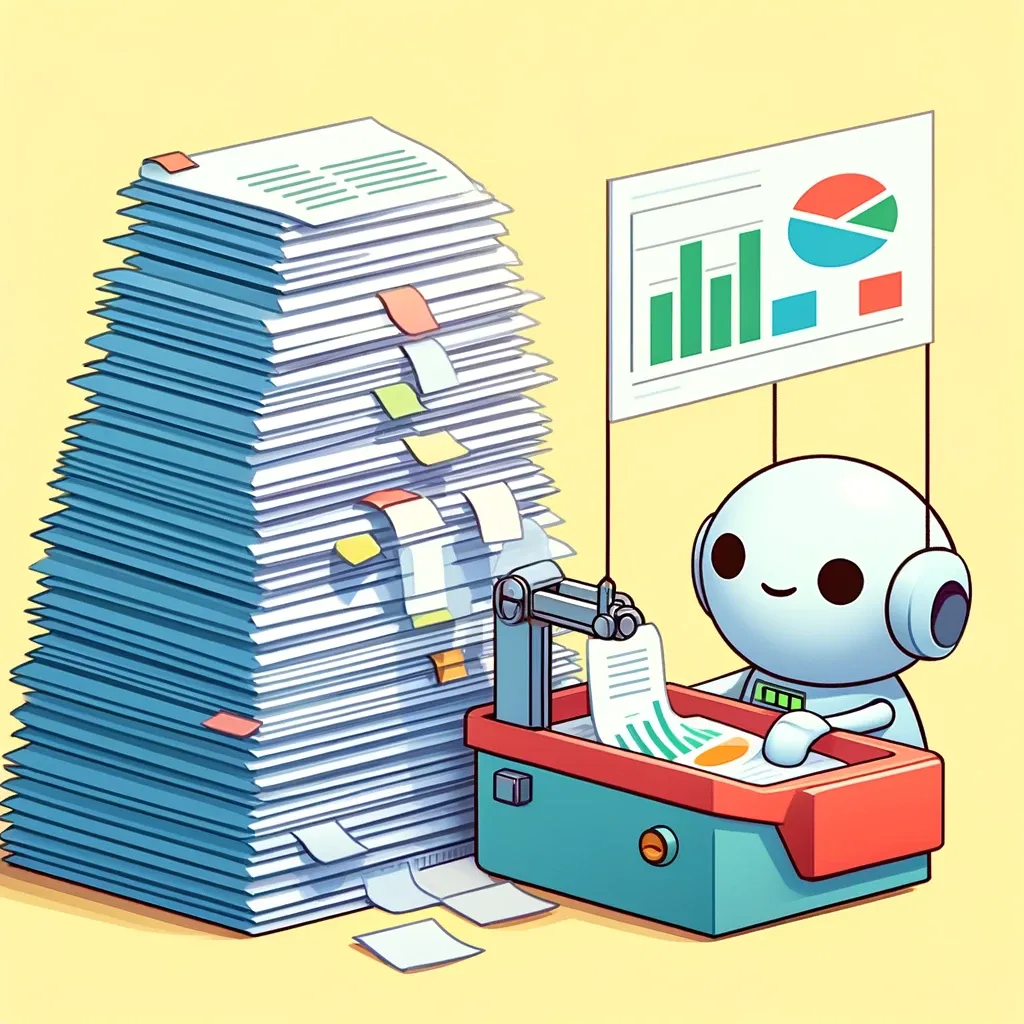
Standardized Medical Records
This is the holy grail of medical records. Imagine if instead of dozens of different formats, you only had to deal with one type. All the excess information can be stripped away with the click of a button. I have literally bashed my head against computer screens while combing through mountains of text for relevant information. It's a taxing and joyless task. I hate doing this sort of tedious work, but large language models don't! Use it like a poorly paid intern, ask it to sift through the records and create a simplified summary, in chronological order. You can actually ask it to do it in the style of Snoop Dogg if you're feeling frisky! Not pointing fingers, but if you ever get paperwork from a clinic that rhymes with Schmanfield, this will change your life.
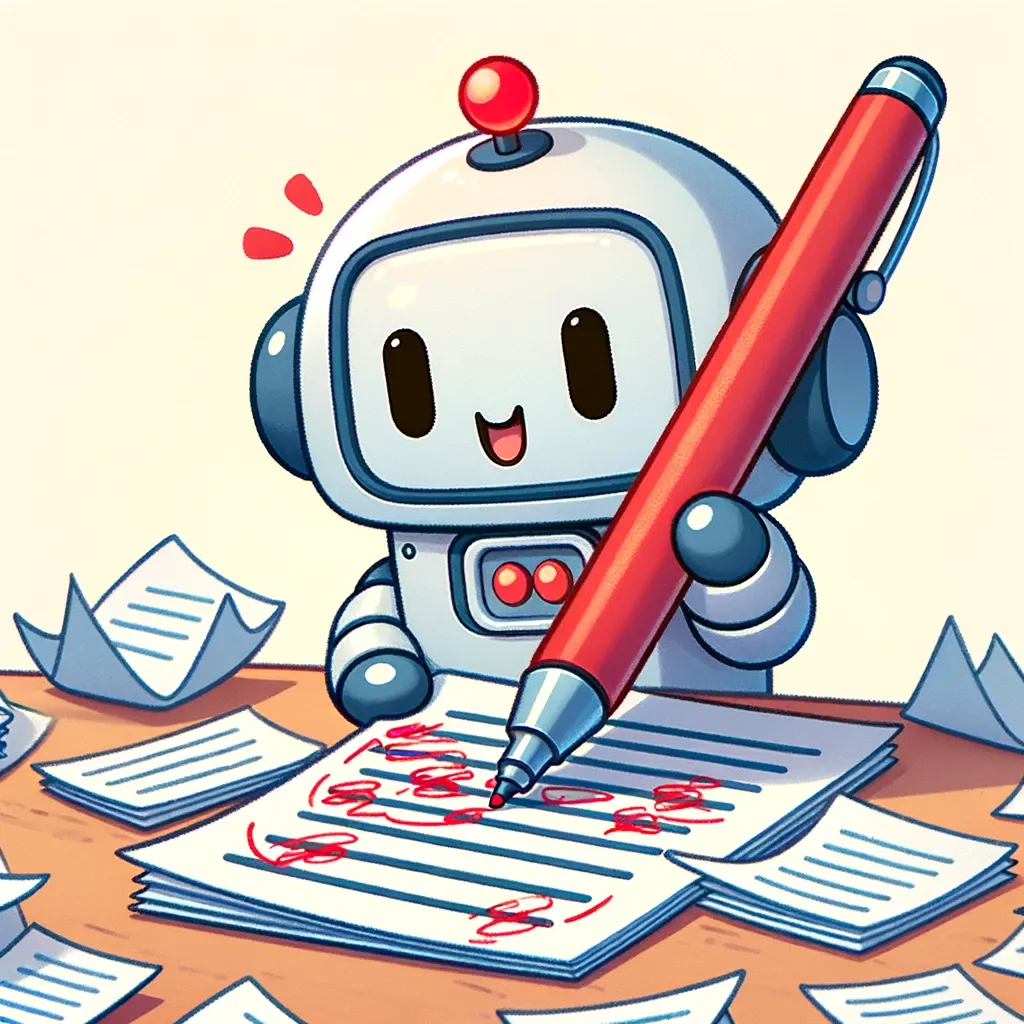
Critique Studies
As an avowed evidence-based cartoonist, it's very important to differentiate good science from the morass of superficially appealing horse turds. But this is pretty hard, and you really don't have time to do this during busy shifts, even if you have reasonably manageable dyslexia. So the next time you want to know how reliable any given study is, just attach the pdf (or copy and paste the text into the prompt window) and ask the program to what it's strengths and weaknesses are. Ask it how to interpret the findings skeptically, or simplify the language so you can understand what happened better. Just keep prompting it to "dumb it down" until it makes sense to you. I find this really helpful to get a sense of how lock-solid any new diagnostic, therapeutic, or risk factor findings really are. Feel free to revisit the original paper once you have a better handle on things, and don't forget to help yourself to more salt as you read the robot's assessment.
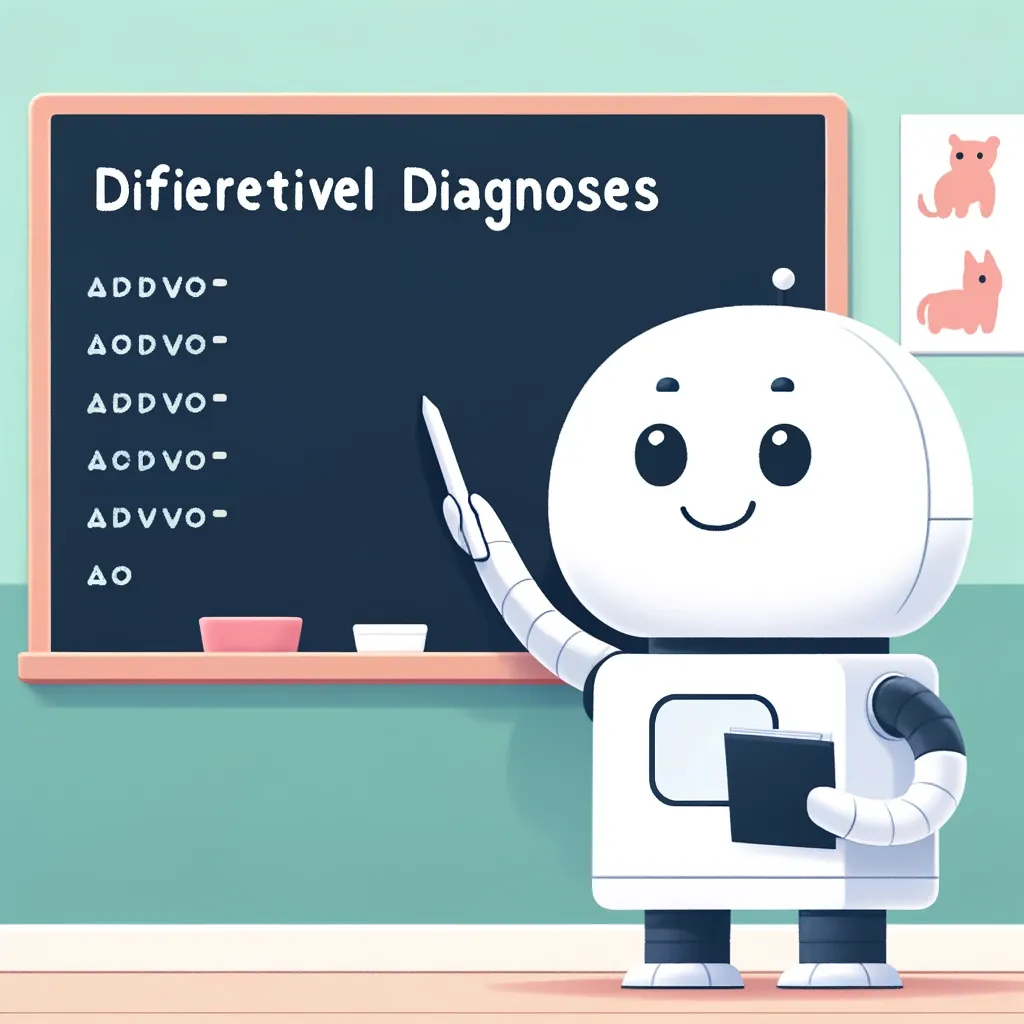
Generate Differentials
I'm a man with great tunnel vision, something my vet school professors tried to shame out of me. But despite my constant guilt, I still tend to think narrowly when in a rush, and obviously feel like a complete moron later when I realize how quickly I went down the wrong path. Sometimes, it just feels like it couldn't possibly be the thing, even though you can't rule it out yet. But you know who doesn't worry about looking stupid in front of colleagues? Robots! It doesn't take long to ask artificial intelligence to come up with a list of differential diagnoses, and it can do it about a B+ level. Just type in the signalment and presenting complaint, and ask it for 10 possibilities. It comes up with boneheaded differentials, sure, but that's not the point. You get to dismiss those right away. The brilliant part is that sometimes it'll come up with something that you didn't even consider, and you get to take all the credit (man, it really is like a virtual intern).
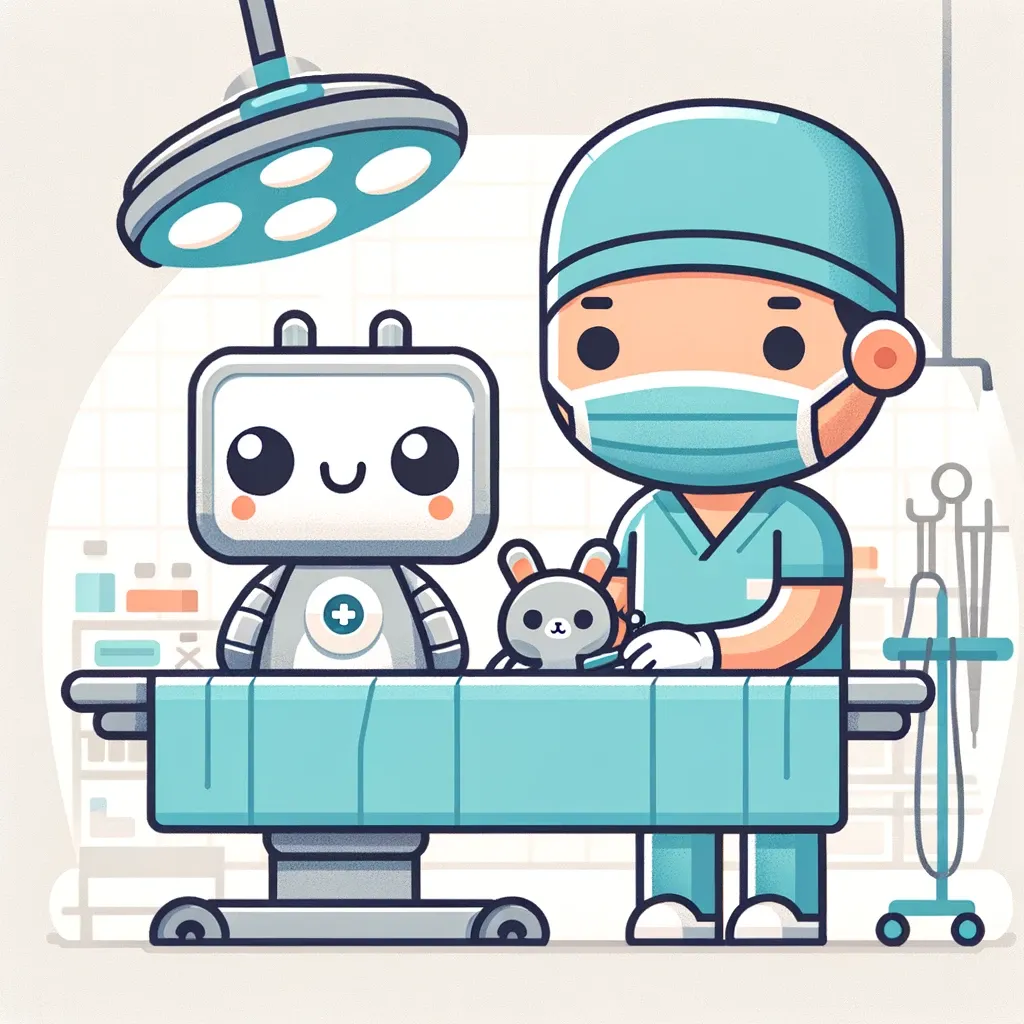
Step By Step Guides
Lastly, if you tell it you're a veterinarian, and you need help with some specific procedure that you want to review but can't find a quick resource, ChatGPT will generate step-by-step instructions for you. Make sure to double check that it makes sense, but it can give you a basic recipe for how to prep cytology slides for a reference lab, make a nasogastric tube PEG3350 CRI, or even perform a splenectomy. Sometimes, this reference acts like Dumbo's feather, just giving you enough faith in yourself to press forward and tackle a procedure that wouldn't be available for that pet otherwise. Obviously, the machine has no actual experience, and an experienced human mentor would be much better. But those are hard to come by! In a pinch (and with a pinch of salt), this is better than nothing when the brown butt juice is hitting the fan and you just need to survive the night.

That's it (So Far)
These uses will definitely change, but they have definitely been helping me for right now. There's a lot of grandiose talk about the AI-pocalypse and the ruination of the profession from any number of causes, but it seems that my flesh-and-blood colleagues are mostly unwilling to make the best use of the available technology. This sadly reminds me of telemedicine, which is still underutilized and controversial for what I consider the wrong reasons. All in all, I hope this post might help independent veterinarians better manage their day and provide higher quality medicine to their patients. My expectation though, is that a corporate executive will forcibly leverage the tech onto sad employees and squeeze more money out of the pet-owning public. Oh well.


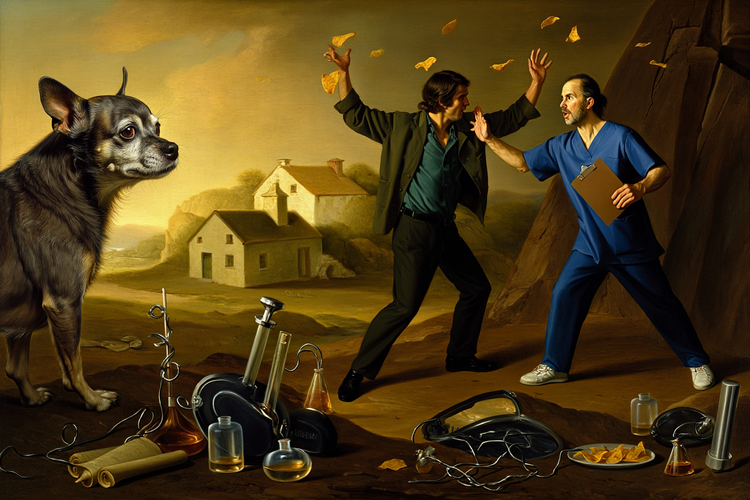
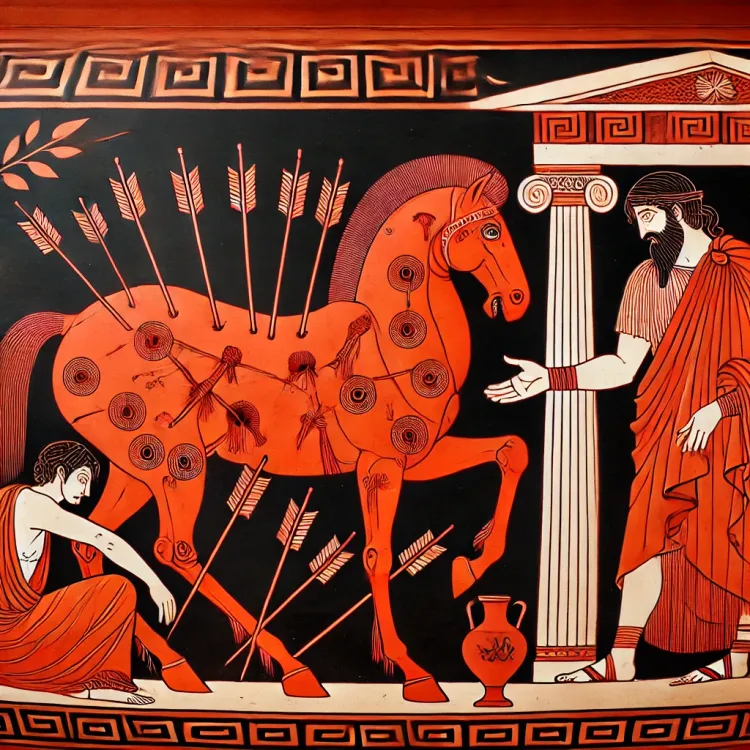
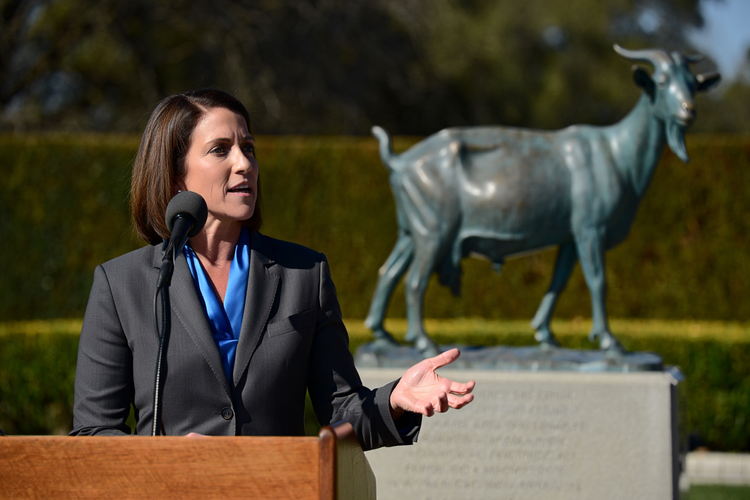
Comments ()